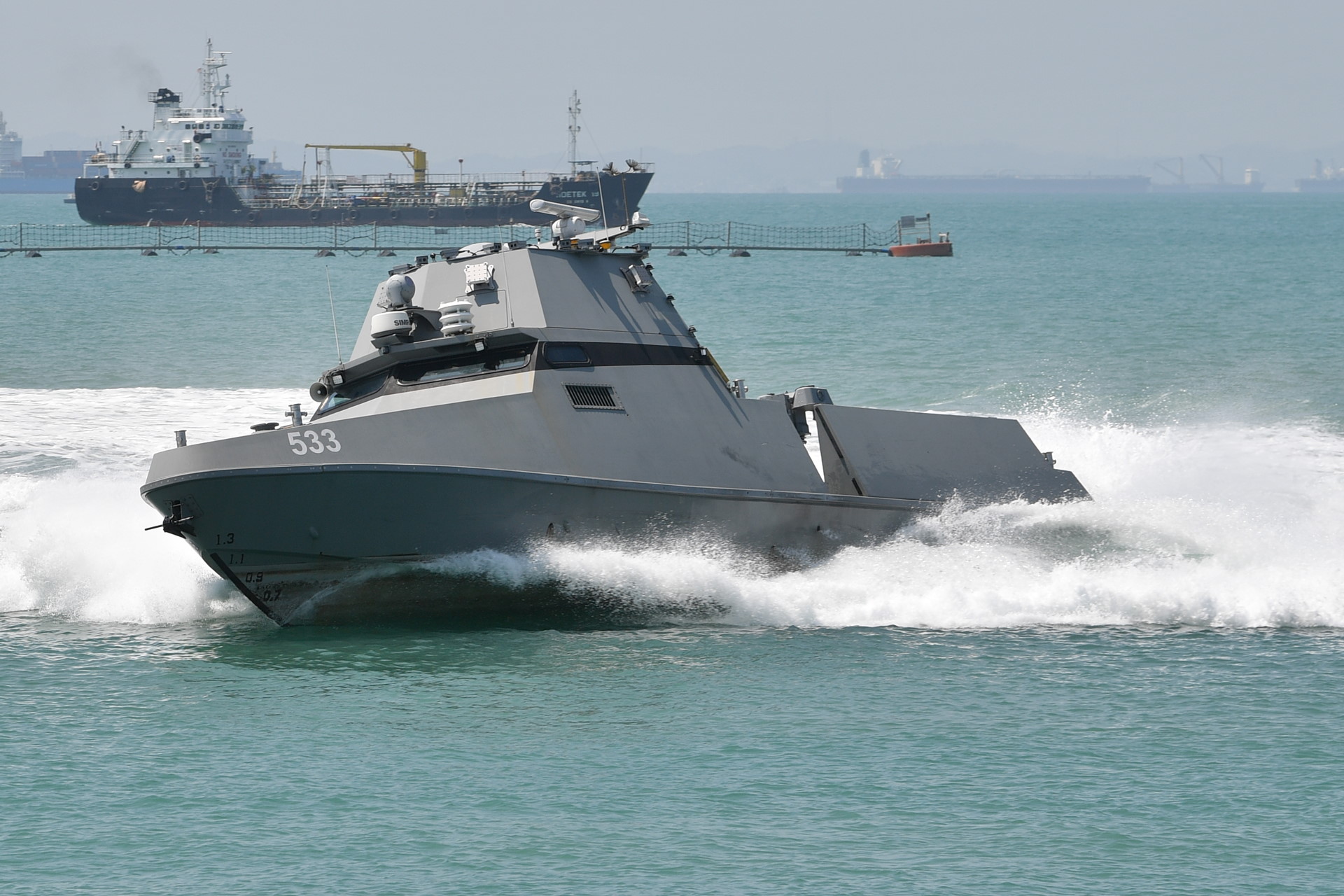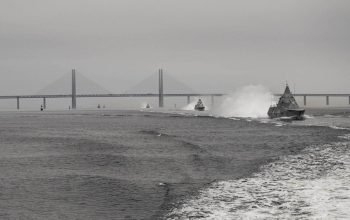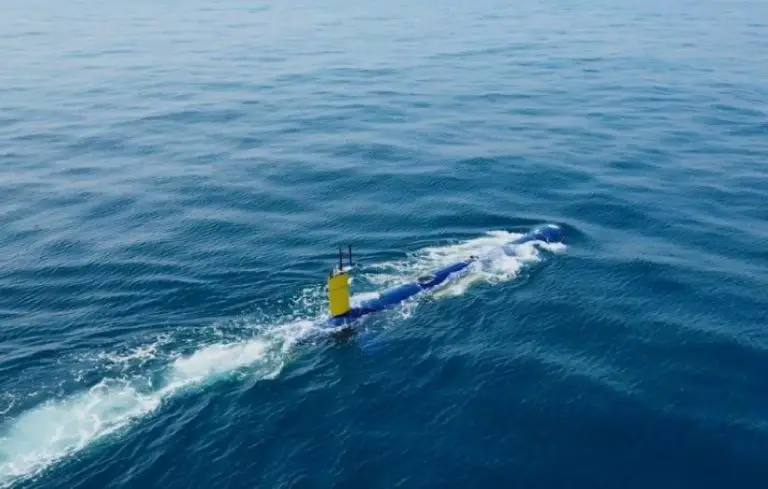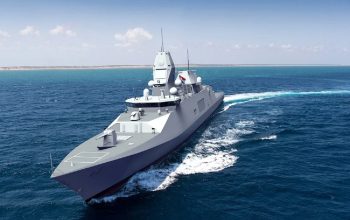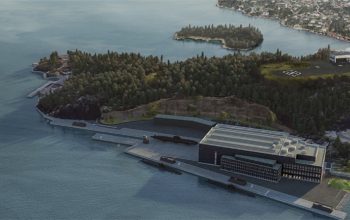The new sea vehicles, designated Maritime Security Unmanned Surface Vessels (MARSEC USVs) will soon patrol Singapore’s waters to guard against terror threats and intrusions. The Republic of Singapore Navy (RSN) has started the sea trial for its four MARSEC USVs. The development of the Maritime Security USV is part of the Singapore Armed Forces’ plan to harness technology to enhance its operations, optimise training and overcome manpower constraints. The Maritime Security USV teams – consisting of operators and engineering support – will be helmed mostly by Full-time and Operationally Ready National Servicemen (NSFs and NSmen), with a small team of Regulars.
The vessel can be operated remotely from shore with just a two-man crew. An operator can plan the patrol path and mission using the Unmanned Systems Mission Control, and the self-driving USV will take it from there. The other operator controls the weapon payloads. The 16.9m-long vessel is equipped with a remote weapon system with laser dazzler as well as a long range acoustics device, among other equipment. Operators can remotely track, warn and investigate suspicious vessels at sea. The USV is fitted with a Collision Detection and Collision Avoidance (CDCA) system that allows it to autonomously navigate through the busy Singapore Strait where over 1,000 ships pass through daily.
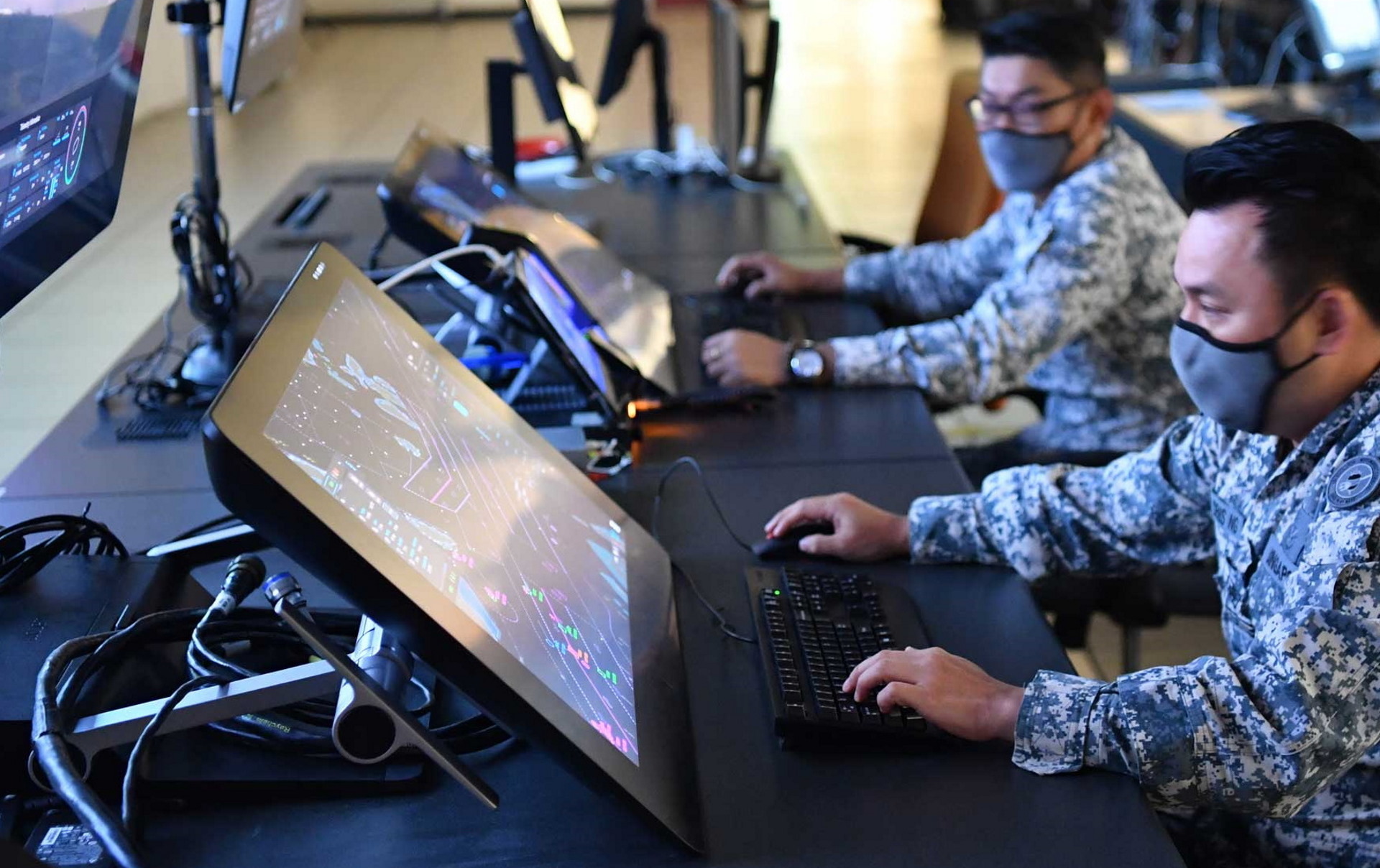
With an endurance of over 36 hours and speed of more than 25 knots (about 46kmh), the Maritime Security USV will operate alongside other manned vessels like the Littoral Mission Vessels (LMVs) and Police Coast Guard patrol craft. For example, if a ship has been hijacked, the Maritime Security USVs will likely be the first responder, to provide real-time updates to headquarters before the manned vessels arrive. The manned vessel can also direct the USVs through its operators for the mission. Thanks to the USV’s user-centric design and intuitive interface, which results in a shorter learning curve for operators.
The Maritime Security USV’s self-driving capability is made possible by the onboard CDCA system, which computes manoeuvres to avoid a possible collision when sensors detect an obstacle or incoming ship. To design its algorithm, defence engineers analysed years of maritime traffic patterns of the Singapore Strait. With an endurance of over 36 hours and speed of more than 25 knots, the Maritime Security USV will operate alongside other manned vessels like the Littoral Mission Vessels (LMVs) and Police Coast Guard patrol craft. For example, if a ship has been hijacked, the Maritime Security USVs will likely be the first responder, to provide real-time updates to headquarters before the manned vessels arrive.
